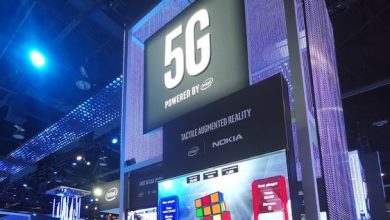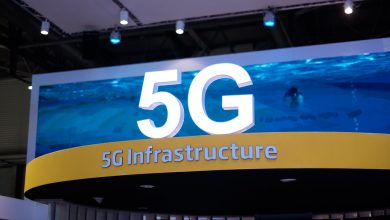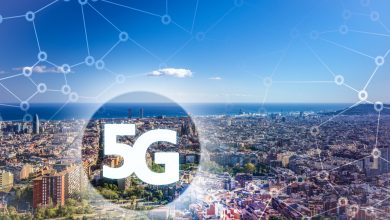How 5G Fit Into The Future of Intel’s Traditionally Chip-focused Lineup
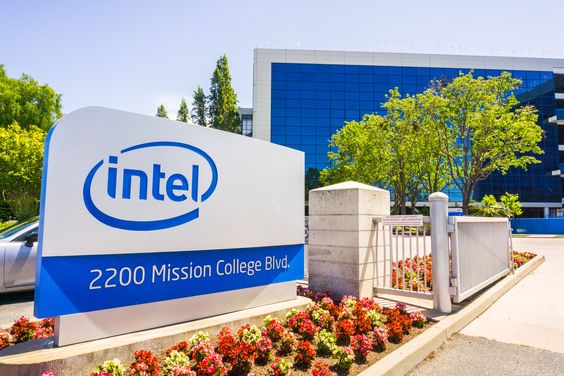
Intel is one of the biggest names in the tech world, with chips that quite.
They are the brains behind most of the computers and servers that we use every day.
But the world of computers is expanding and Intel is changing, too.
With a focus on both edge computing that puts processing resources in the cloud.
And the power that’s available directly on the physical device.
And at the head of that is Dr. Venkata (Murthy) Renduchintala, the chief engineering officer and group president of the Systems Architecture, Technology, and Client Group at Intel.
Renduchintala joined Intel in 2016, having previously headed up competitor Qualcomm’s chip business.
Renduchintala is the person in charge of almost all of Intel’s hardware, from design to engineering to manufacturing.
He joined Verge editor-in-chief Nilay Patel and news editor Chaim Gartenberg for an interview episode of The Vergecast.
Future of Intel
This week to discuss the present and future of Intel, including the company’s place in the development of 5G.
The changing landscape of personal- and cloud-based computing, and what the next-generation of processors could look like.
Devices talking to devices without even human interaction in between.
And therefore it creates a completely different landscape where the amount of data that’s going to be generated.
It is going to just exponentially grow, and the infrastructure required to deal with that is going to have to completely transform.
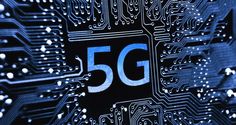
So I think what you’re really seeing now is the movement of people thinking about the mobile internet towards the internet of everything.
And going to have seismic transformations in everything around us, not least of which is going to be the networks that service all of that.
The edge and the compute of the edge is going to become more and more important.
Because the amount of data that will be generated just can’t be consumed by traditional backhaul architectures.
So I think it’s going to be a transformative period for us.
In fact, I think this transition to 5G is going to be more profound on the networking side than on the device side.
And we’ll see a transition that’s as significant in the network as the transition was from analog to digital.
Read More: Is 5G As Fast As They’re Saying?
